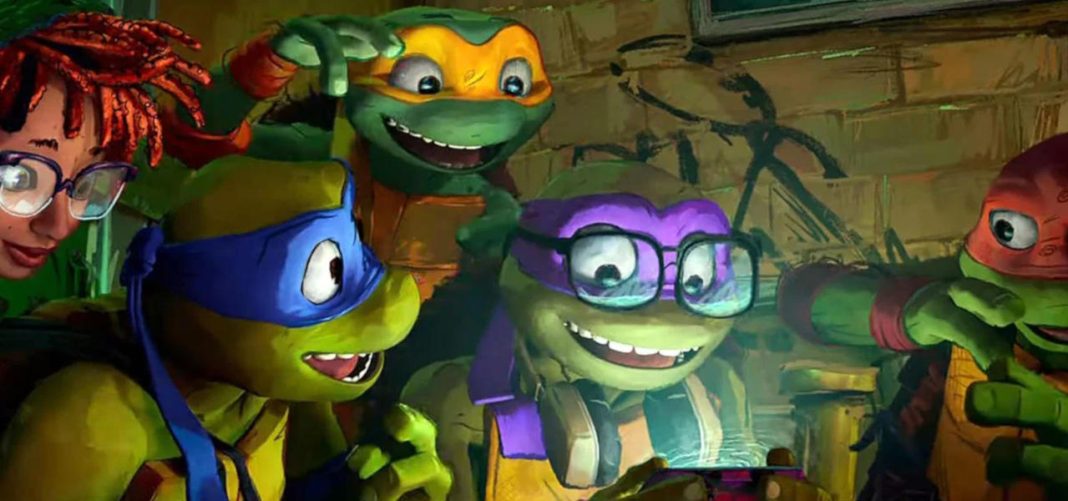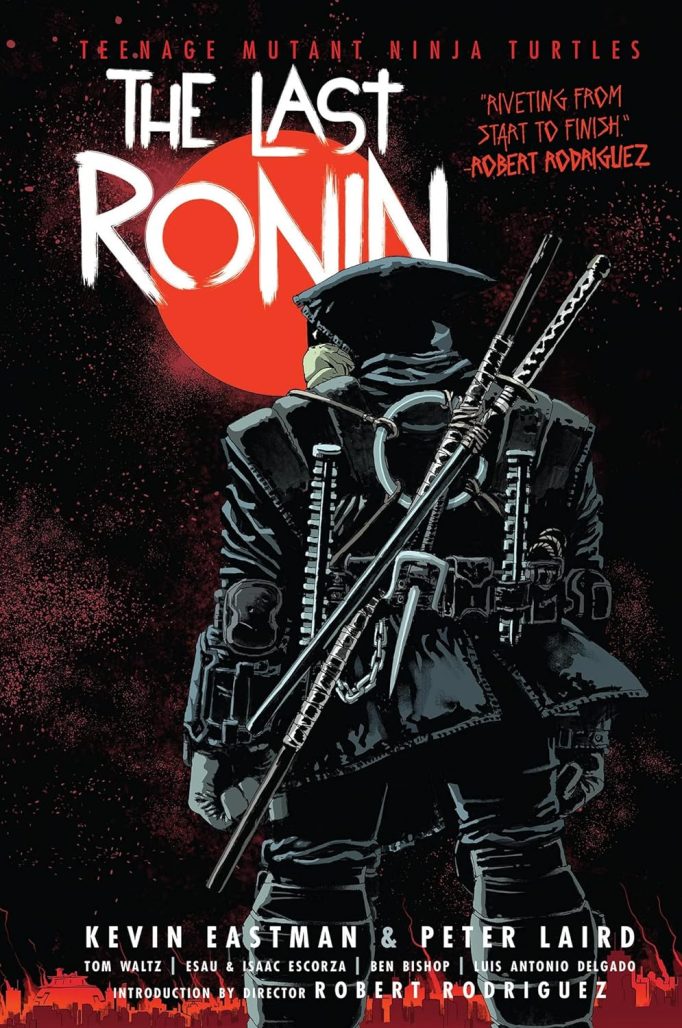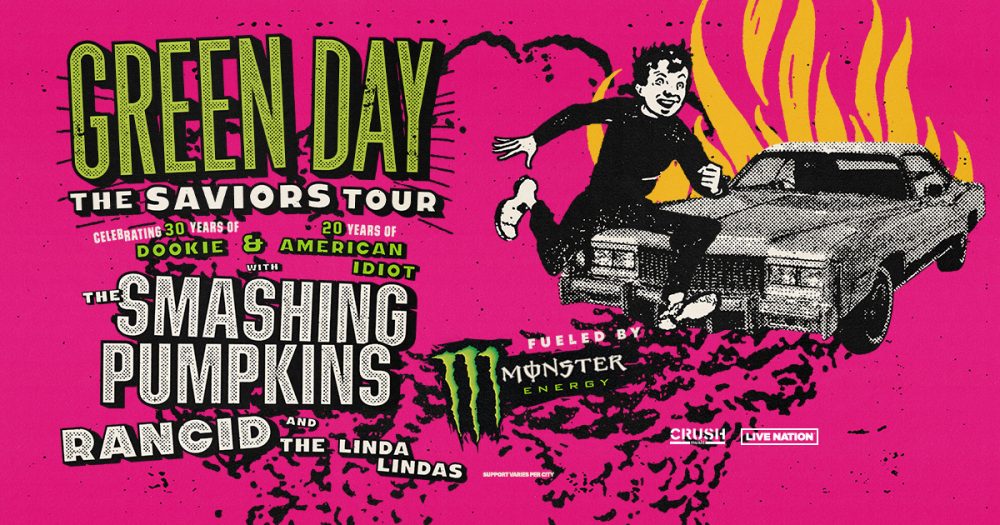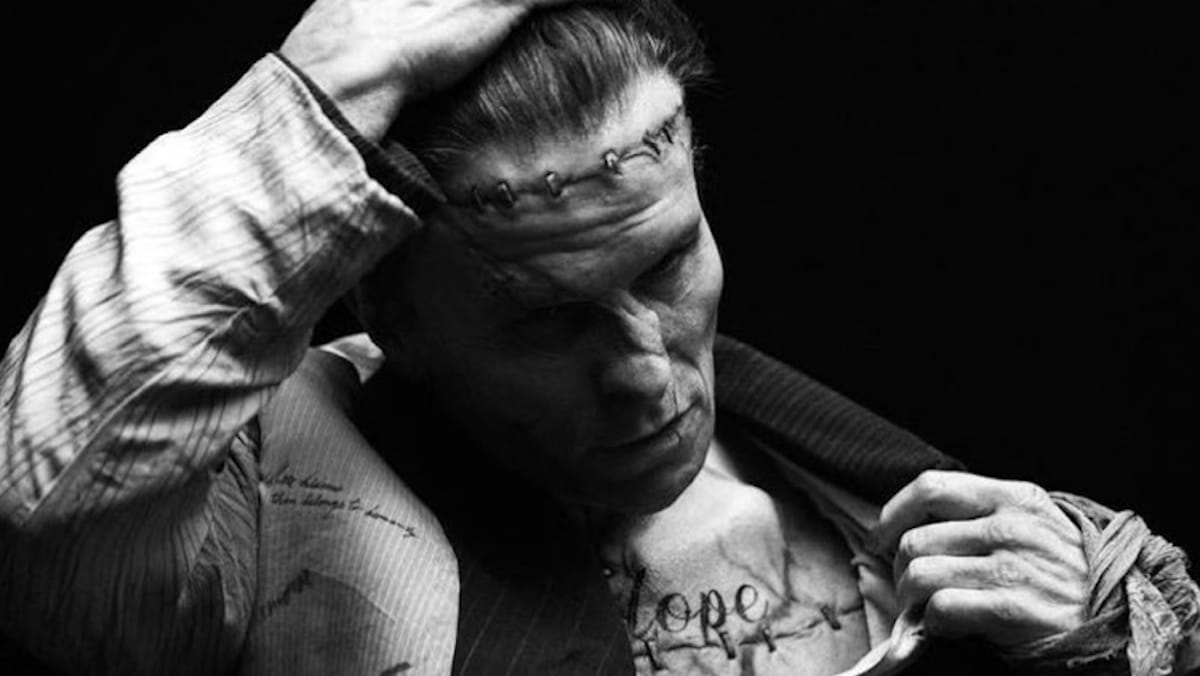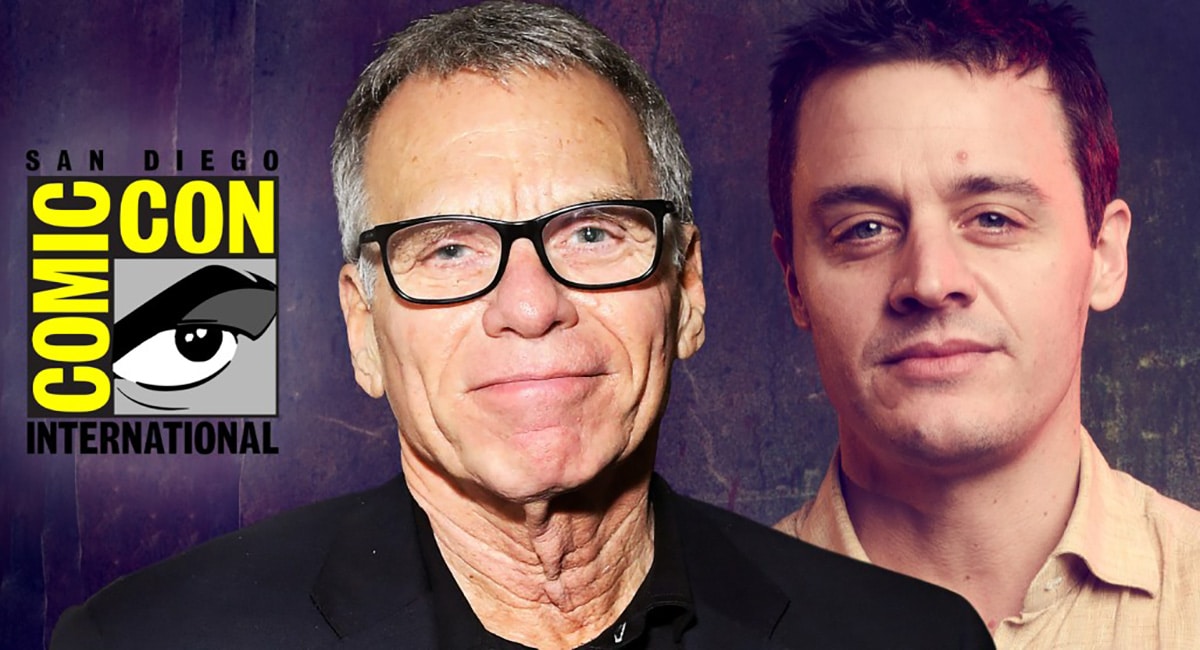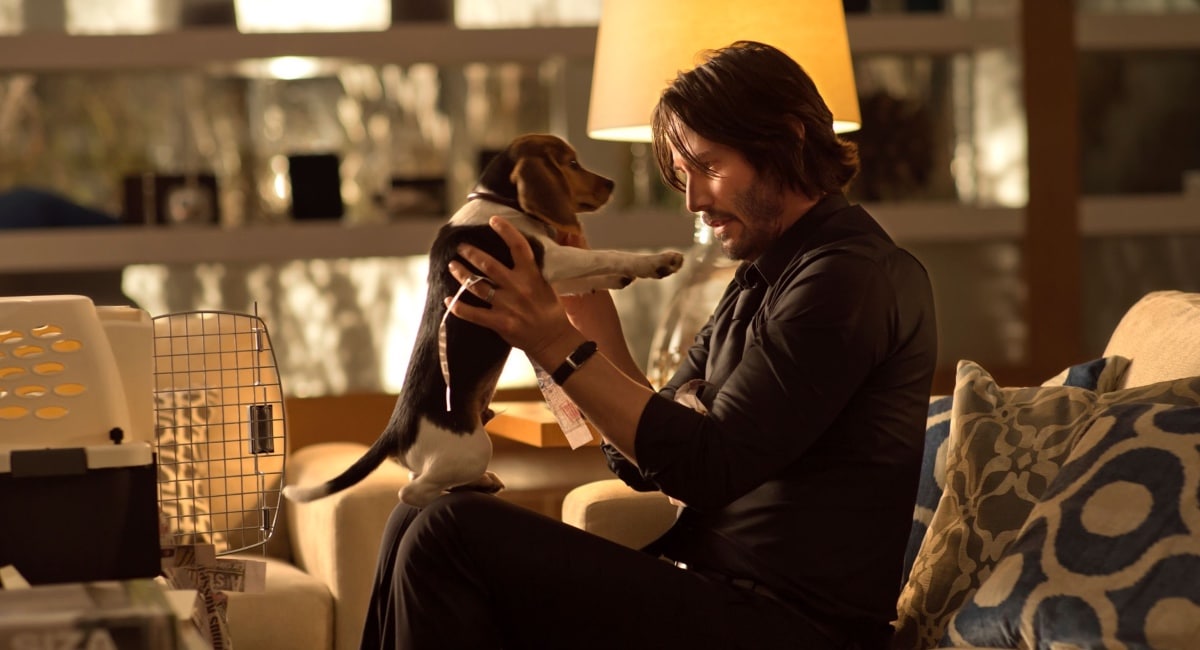The Beat’s Gregory Paul Silber has been accused of having a bit of an… obsessive personality. In Silber Linings, he takes a humorous look at the weirdest, funniest, and most obscure bits of comics and pop culture that he can’t get out of his head.
Along with Batman, Spider-Man, and the X-Men, the Teenage Mutant Ninja Turtles were among the first comic book superheroes I fell in love with long before I started reading superhero comics regularly. I was in preschool during the last gasp of the initial Turtlemania that started a few years before I was born. Some of my earliest memories are of being on the playground with other toddlers pretending to be Donatello, Raphael, Michelangelo, and/or Leonardo while fighting an imaginary Shredder and yelling, “Cowabunga dude!” I love turtles in general, too. My parents got me a pet box turtle, whom I named “Slowy,” for my fifth birthday. He’s in turtle heaven now.
But for whatever reason, my attachment to the Turtles franchise didn’t persist into adulthood as it did for my favorite Marvel and DC heroes. Until late last summer, when I saw Teenage Mutant Ninja Turtles: Mutant Mayhem, I probably hadn’t engaged with the franchise meaningfully since I was about seven, nearly a quarter-century ago. But as it turns out, you don’t need to continue a lifelong relationship with something you used to love to return to it happily.
Returning to the mayhem
Mutant Mayhem, directed by Jeff Rowe, is the latest animated film based on the beloved and wildly successful comics created by Kevin Eastman and Peter Laird. I went with my sister, who knew even less about the franchise than we previously believed. When I asked her 101-level questions like “Which of the turtles uses nunchucks?” and “What is the name of their rat dad?,” she answered with blank stares.
We both went in with few expectations and were blown away (as was The Beat‘s D. Morris, who added Mutant Mayhem to The Beat’s Best Movies of 2023). It’s funny, well-written, handsomely animated (in a goopy and sometimes gross kind of way), and features a killer voice cast that includes Jackie Chan (Splinter), Ice Cube (Superfly), Paul Rudd (Mondo Gecko), co-screenwriter/producer Seth Rogen (Bebop), and too many other recognizable names to name here.
More than anything else, though, how the film handles the turtles themselves makes it truly special. Actual teens were cast in the roles of the brainy Donatello (Micah Abbey), “party dude” Michelangelo (Shamon Brown Jr.), leader Leonardo (Nicolas Cantu), and the hotheaded Raphael (Brady Noon), a casting choice that makes a massive difference. Not only do the Turtles finally sound like the teenagers that they are, but the actors were given a certain amount of freedom to improvise their lines while recording together, often to hilarious effect. More than any other iteration of the Turtles that I’m familiar with, Mutant Mayhem emphasizes the teenage aspect of their antics, helping it stand out not just among the crowded field of superhero films but kids/family movies as well.
I’ve dipped my toes into other TMNT media in the months since. I started watching the excellent 2012-2017 computer-animated TV series and rewatched the live-action 1990 film (it’s not good, but I had nostalgic fun). I also bought the first volume of the post-apocalyptic Teenage Mutant Ninja Turtles: The Last Ronin, written by original TMNT creators Eastman and Laird alongside Tom Waltz, drawn by Esau and Isaac Escorza, Ben Bishop, with colors by Luis Antonio Delgado and lettering by Shawn Lee. I haven’t read it yet, though, so there are no spoilers! If you want to recommend other newbie-friendly Turtles comics though, please leave a comment.
How parasocial relationships evolve over time
Anyway, it feels good to engage again with something I loved as a kid for the first time in… jeez, 25 years. It got me thinking about how our relationships with our favorite fandoms evolve throughout our lives.
In fan spaces, we tend to give a lot of weight to how long we’ve been a fan of a particular thing. There’s a whole generation of Star Wars fans, for example, who take great pride in the fact that they “were there” when the original film was released in 1977 and that they’ve kept up with the franchise through collectibles, books, comics, TV shows, and, of course, movies for nearly half a century. That pride sometimes leads to toxic fan behaviors like gatekeeping and a false sense of ownership. Still, for the most part, there is something special about keeping up with a franchise for years that turn into decades, seeing how the saga evolves and reinvents itself in real-time.
May 1, 1977, @starwars has its first public screening at San Francisco's Northpoint Theatre. It was listed as "Alaska" on the marquee to keep uninvited guests out of the preview. pic.twitter.com/Q4Qj8e2Uty
— Rik Villanueva (@CadBanesBounty) May 1, 2022
I’m not part of that generation, but I have been a Star Wars since my father took me to see the Special Editions of the original trilogy in 1997 when I was six (yes, I know “Han shot first,” but I was a small child and didn’t have the original VHS tapes, so shut up). I saw the prequels, the sequels, and even some TV shows. But Star Wars and I have been on a break for a few years. I hated Star Wars: The Rise of Skywalker and have been underwhelmed by the franchise’s Disney+ offerings since the first season of The Mandalorian. I didn’t harass anyone at Lucasfilm. I didn’t tweet my dissatisfaction incessantly or make hours of YouTube videos about how Star Wars is “ruined.” Instead, I just put Star Wars away for a little while. I’ll happily return when Lucasfilm puts out something worth watching again.
I’m not just talking about geek shit. When I was 13, Green Day was my favorite band. The pop-punk band’s 2004 rock opera American Idiot was the first album I bought with my own money, and I listened to that loosely told coming-of-age tale of suburban angst and political unrest endlessly. It sparked a love of punk and alternative rock that persists today, especially from the early 90s as I dove deeper into the band’s discography. That led me to Nirvana, Rage Against the Machine, The Offspring, and dozens of other bands that emerged around the same time as Green Day.
In 2009, Green Day released their next studio album, 21st Century Breakdown, when I was 18. By that point, my love of the band wasn’t as all-consuming as it was in middle school, and I’d developed a taste for popular ’00s emo bands like Paramore, Fall Out Boy, and My Chemical Romance, as well as more obscure bands like Against Me! and Ludo, but I was still a Green Day fan. I hated 21st Century Breakdown, though. Maybe my expectations were impossibly high following American Idiot, but even 15 years later, I don’t think I’ve ever listened to the album all the way through.
Worse yet, one of my mom’s friends saw the American Idiot musical on Broadway with her children around my age and fell in love with Green Day so deeply that she took her family to see them live a short time later. She wanted to talk to me about Green Day every time I saw her, and… look, she’s a nice lady, and if she’s reading this, I hope she doesn’t take offense, but when you’re 18, your favorite band doesn’t seem as cool after your mother’s middle-aged friend becomes a vocal fan.
So, I put Green Day away for several years and several albums. I still listened to them occasionally, but I was no longer invested in their latest music or tours, which were out of my budget anyway. I distinctly remember listening to American Idiot for the umpteenth time around 2013 when I was preparing for the end of my final semester in college and being heartbroken that it didn’t hit me the way it did a decade earlier. I felt a sense of mourning, as I had grown past the youthful exuberance that the album used to inspire in me.
Several more years later, though, sometime around the time I turned 30, I listened to American Idiot again and was struck by how much I enjoyed it. Sure, I’m no longer a literal child, so I had to accept that the album would never affect me again as it did when I was a lonely, angry, pubescent boy. It still affects me now, though. However, it hit differently because I’ve changed in the last 20 years. The suburban dystopia evoked in the nearly 10-minute epic (especially for punk) “Jesus of Suburbia,” for example, no longer makes me think, “I hate this town and need to escape,” because I did escape my hometown; I’ve lived in Brooklyn for almost eight years. But it’s still one of my favorite songs because it reminds me of the scared, desperate boy I used to be and makes me think about how much has changed… as well as what hasn’t.
Now, I have tickets to see Green Day this summer on their Saviors tour. The band is promoting their upcoming album of the same name. Still, the tour also promises to be a celebration of American Idiot‘s 20th anniversary, as well as the 30th anniversary of their 1994 breakthrough album, Dookie, by playing both albums in their entirety. I couldn’t turn down that opportunity, especially with The Smashing Pumpkins, Rancid, and The Linda Lindas opening the show. Don’t judge me if I ugly cry when I get to sing along to “Jesus of Suburbia” live. (Editor’s note: I saw The Smashing Pumpkins live with Avery Kaplan, and I hope they have a better show this summer—for Greg’s sake.)
All hail casual fandom
I realize I’ve gone down a bit of a rabbit hole here, but my point is fandom doesn’t have to be all-consuming. Casual fandom is good. You can engage as much or as little as you want with what is supposed to entertain you. Anyone who tells you otherwise is just a gatekeeping prick. Enjoy what you enjoy until it’s not fun anymore. You can always come back.
This brings me to the pink elephant in the room: this is my first Silber Linings article in almost a year and a half. I love doing this column but had to put it away for a while. I was burnt out between the column, my other creative projects, and my struggle to keep a job for more than six months before employers decided they’d rather have a shitty AI robot do their writing and editing rather than a human who’s staunchly opposed to plagiarism (seriously: if you know anyone who knows anyone who needs a full-time [copy]writer or editor, please reach out). But I digress. I’m glad to be back.


